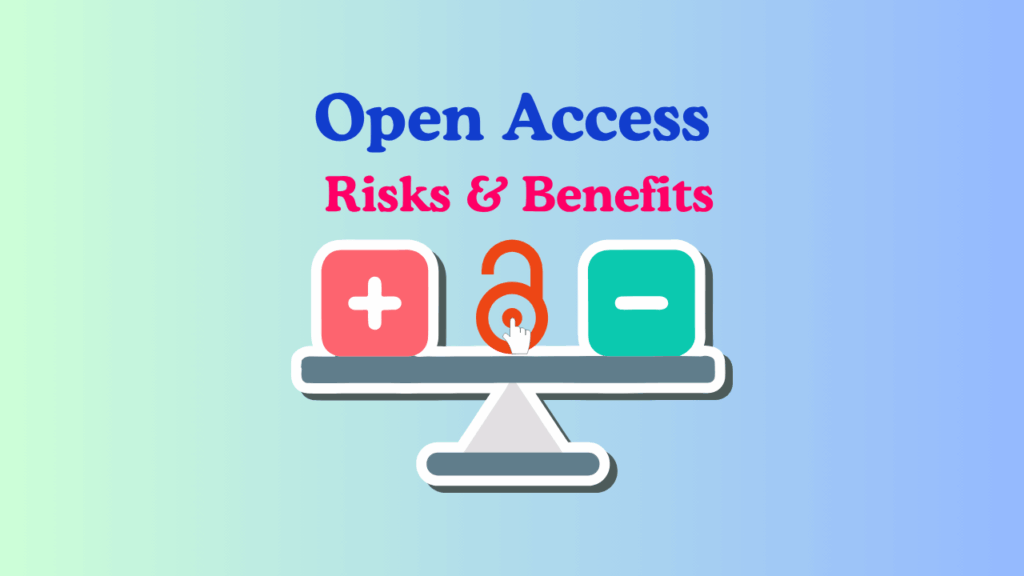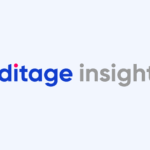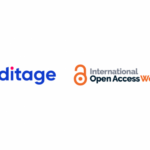Paying to publish research: Pitfalls to avoid

As an early career researcher, you may be wondering about the costs of publishing your work in academic journals and how to fund them. We hear terms such as “article processing charge” (APC), “publication fee” or “open access fee,” but what are these fees for and why do many—but not all—journals require them? What problems do they pose? How can we lessen the burden of these fees? Here, we will try to answer these questions and provide some resources that can help you navigate the complex world of academic publishing.
What are publishing charges?
Publishing charges are any fees levied before an article can be published. These fees can vary widely depending on the journal, publisher, article, and access type. For example, some journals charge a submission or membership fee before reviewing your manuscript, while others charge an APC or a page fee after accepting it. Some journals may also charge extra fees for color figures, supplementary materials, or other services.
The most common publishing charge is the APC, which is usually requested to make an article open access (OA). OA can have many benefits for researchers, such as increasing the visibility, impact, and citation of their work, and facilitating collaboration and knowledge exchange.
Why do some journals require authors to pay to publish?
To cover normal expenses
Publishing costs money. Journals need to cover the expenses of editorial staff, copy editors, web hosting, archiving, and other services that ensure the quality and accessibility of academic research. APCs are a fair way to ensure they can remain funded.
To replace lost subscription revenue
Before OA, fees were a secondary revenue source compared to subscription charges. The digital-first and OA era of scientific publishing has eliminated many subscriptions, necessitating other income sources.
To offer options
While many journals are OA-only, a growing number of journals offer a hybrid OA route. In this system, they offer conventional closed access publication while also offering OA for an extra fee. This allows researchers to keep publishing in established subscription-based journals while also being able to meet OA mandates.
For expedited publication
When publishing an article can take a year, many researchers seek ways to get their research published more quickly. Increasingly, many journals are offering a fast-track online-first publication method for an extra fee.
To shift the cost burden
Before OA, journal articles were often unreachable for people without institutional subscriptions. An APC-based model shifts the burden from the readers (or their institutions) to the authors (or their funders), allowing greater accessibility for people outside well-funded institutions.
What are the pitfalls of these publication charges?
They can be expensive and exclusionary
Depending on the journal and publisher, publishing charges can range from a few hundred dollars to over ten thousand dollars per article, often far exceeding the actual publishing costs. This can be a significant financial burden for researchers. At worst, it creates a systemic barrier for authors from low- and middle-income countries that shuts them out from reputable publications.
They can be confusing
Some publishers do not clearly explain their fees or policies, sometimes using complex or inconsistent terminology or definitions for their fees or services. For example, some publishers may use the term “open access” to describe various “colors” of OA with vastly different licenses and policies, making it difficult for authors to understand what they are paying for and what rights they have over their work.
They enable unethical practices
Predatory publishers levy expensive fees while offering a subpar service. For example, they may send unsolicited emails to authors, promising fast and simple publication, without providing quality control. Some may also hide or change their fees or policies after accepting a manuscript, or charge fees for services that are not delivered or requested. These publishers may exploit the vulnerability or desperation of early-career researchers.
Realizing more equitable publishing
Seek out alternatives
Many journals do not charge authors to publish their work, either because they are fully OA and funded by other sources (Diamond OA), or because they use an alternative licensing model (Green OA). You can use tools such as JournalGuide to find journals that match your research topic and your budget.
Negotiate or look for discounts
Many publishers, such as Oxford University Press, offer discounts or waivers, either based on their geographic location, economic status, society membership, or affiliation. Check the journal and publisher websites for details on waivers. You can also negotiate with the editor or publisher to reduce or waive the fees if you have a valid reason or a special circumstance.
Apply for funding or use institutional discounts
Check your institutional OA publishing policy and see if they have any funds or programs that can help you pay. For example, researchers affiliated with the Max Planck Society can publish in Taylor & Francis publications for free. You can also check if your funding organizations offer some form of support using ROARMAP.
Advocate for change
Many initiatives and movements have sprung up to make publishing more equitable and transparent. You can join or support these initiatives and movements by signing petitions, writing letters, sharing information, or participating in events. Examples include the Plan S initiative, a coalition of funders and organizations supporting OA, or researcher-led organizations like the Fair Open Access Alliance.
Useful resources to learn more
Think.Check.Submit
This website helps researchers identify trusted journals and avoid predatory ones. It provides a checklist of criteria that you can use to evaluate a journal’s quality, reputation, and ethics before submitting your manuscript.
HowOpenIsIt?
This guide helps researchers understand the degrees of openness of journals and articles. It provides a standard terminology and a spectrum of indicators that you can use to compare different types of OA.
Directory of Open Access Journals
This useful search engine allows you to find journals and filter them based on various characteristics, including showing you journals that do not levy fees.








